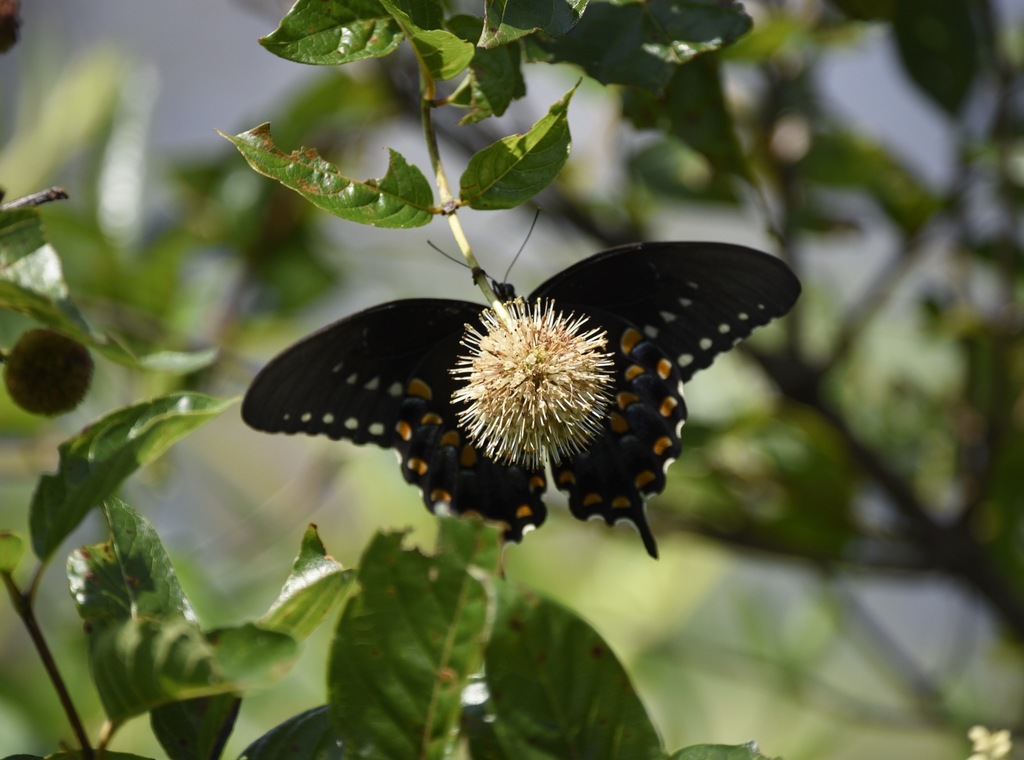YOUR NATURALIST Training is winding down soon . . .
![]()
Hopefully you’re planning to join Irvine, the National Aquarium, and many other environmental organizations throughout the Baltimore area for this weekend’s international Nature Challenge. The Aquarium just sent out their latest press release for us to distribute all of the necessary details. I’ll also be posting more information over the next few days. Be sure to leave some time this weekend to get outdoors, find interesting nature in your immediate surroundings (while social-distancing, of course), and photograph it! It’s that simple–and awesome knowing that there are thousands of people all over the globe doing the very same thing. And all of you are contributing to one of the world’s largest databases about the living things on our planet. Be a part of it!

Check-in . . . The following 12 organisms were pictured on day 8. How many did you correctly identify?
- Ebony Jewelwing — technically a large damselfly, but often lumped with dragonflies; gorgeous iridescent green body contrasts with black (male) or smoky gray (female) wings; a real stunner, when they allow a close look
- Bold Jumping Spider — scary-looking and amazing (and startling) leapers–but harmless; about half an inch in size; have hair tufts that look like eyebrows and silver hair on their black legs; have eight eyes (!), but two are much larger than the rest; mouth parts really stand out–green and metallic
 Buttonbush — interesting deciduous shrub that grows in wet but sunny areas; colonizes flooded areas quickly; unusual flowers from dense, fuzzy ‘globes’ (see picture –>); surprisingly related to coffee tree
Buttonbush — interesting deciduous shrub that grows in wet but sunny areas; colonizes flooded areas quickly; unusual flowers from dense, fuzzy ‘globes’ (see picture –>); surprisingly related to coffee tree- Yellow-billed Cuckoo — the more common of our two cuckoo species; long, lean, & graceful–glides through the air as if putting forth no effort; bizarre song that doesn’t really sound bird-like . . . does not say ‘CUCKOO’–that’s the European Cuckoo; dines on caterpillars whenever possible
- Striped Killifish — minnow-like fish that lives in saltier tidal tributaries of the Chesapeake Bay; can reach eight inches in length; prefer shallows and rarely swim far from shoreline; survive winter by burrowing into mud/sand
- Northern Short-tailed Shrew — about 4 inches full-grown, with velvety fur and tiny eyes and ears–in fact, use echolocation, much like bats, to navigate since their eyesight is so bad; have incredibly high metabolism and can eat three times their weight in insects in one day!
- Merlin — the ‘middle sibling’ of the falcons, larger than a Kestrel but smaller than a Peregrine;
- Virginia Spring Beauty — popular woodland wildflower, one of the first to bloom each spring; small white flowers with dainty pink stripes cluster loosely above thin grass-like leaves
- Common Five-Lined Skink — one of four native species of skinks in MD; scales are broad and smooth, giving a shiny appearance; characteristic five parallel stripes that run entire length of body and much of tail, but stripes fade with age; young (like the one shown) have blue tails!
- Turkey Tail — unusual-looking fungus that grows in concentric layers which fan out and have similar colors and patterns to the tail of a Wild Turkey; more often found on fallen logs or decomposing stumps than live trees
- Sora — very secretive member of the Rail family; hides in tall freshwater marsh grasses and is rarely seen; Jug Bay Wetlands, SE of Washington, D.C., along the Patuxent River, is the only reliable place in MD to find them; however, during migration they can make brief stopovers in almost any wetland; this one made a one-day appearance at Irvine in April of 2016–and cooperated long enough to be photographed by local birder Simon Best!
- Gray Hairstreak — small (wings just over an inch from tip to tip) and wide-ranging butterfly, found throughout North and Central America and even into northern parts of South America; orange dots on outside of wings is a diagnostic field mark
![]()
So, as you attempt to tackle the penultimate ID challenge prior to participating in the Backyard Nature Challenge, one small word of caution . . . several of the photos show organisms in their younger life stages, which are not necessarily how you are used to seeing them in the wild. (Had to make it tougher, didn’t I?) Keep that in mind as you’re looking things up in your field guides or online!

CLICK HERE when you’re ready to tackle id quiz #9!
